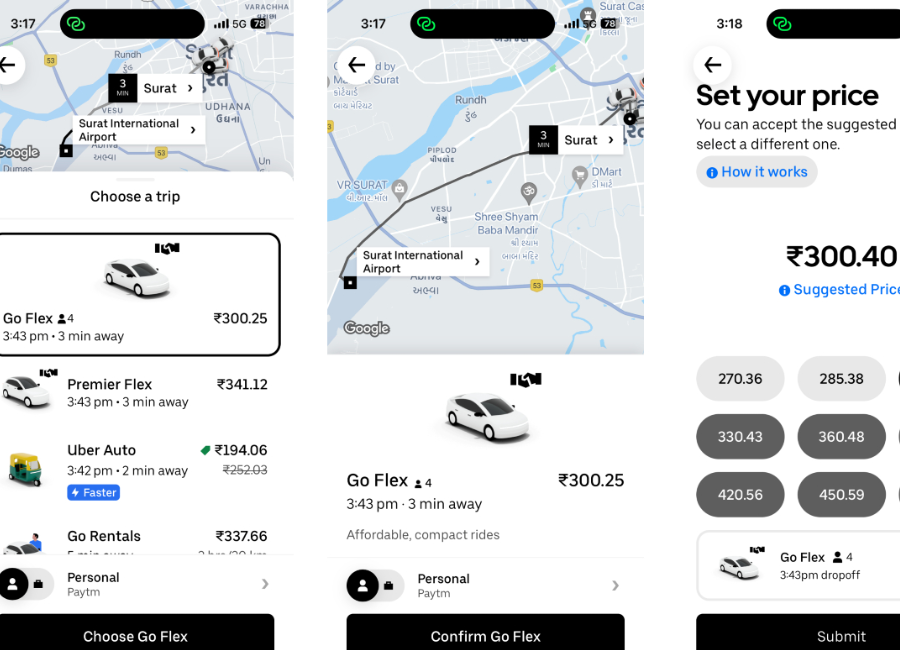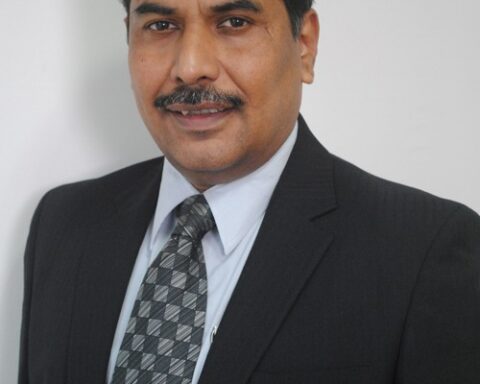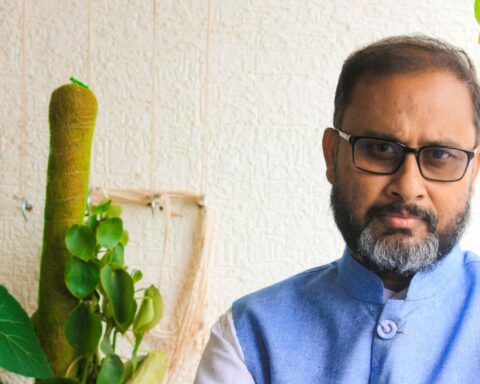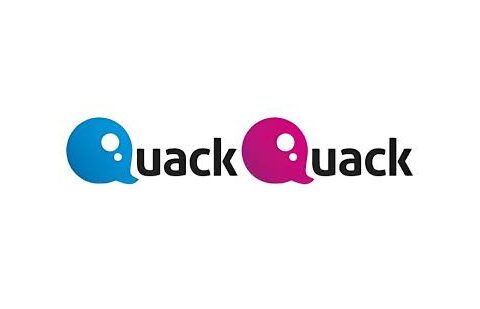Uber has discreetly been trialing a dynamic pricing service, Uber Flex, in over a dozen cities in India. Launched in October last year, the service has expanded to cities such as Aurangabad, Ajmer, Bareilly, Chandigarh, Coimbatore, Dehradun, Gwalior, Indore, Jodhpur, and Surat. Unlike Uber’s standard dynamic pricing, Uber Flex allows commuters to bid a specific fare for their ride, offering nine pricing points from which riders can choose. The service initially applied to cabs and later expanded to auto-rickshaw rides. This move is seen as an effort by Uber to gain a competitive edge in India, putting pressure on rivals like Ola and inDrive.
An Uber spokesperson confirmed the expansion, stating, “We are piloting this feature in some of the Tier 2 and 3 markets in India currently.” The new service is designed to let riders bid a fare for their journey, deviating from Uber’s traditional dynamic pricing model, which adjusts fares based on supply, demand, and traffic conditions in a specific area. Uber Flex aims to provide more flexibility to riders by allowing them to choose a fare that will be shared with nearby drivers. Based on the chosen fare, drivers can then decide whether to accept or reject the ride.
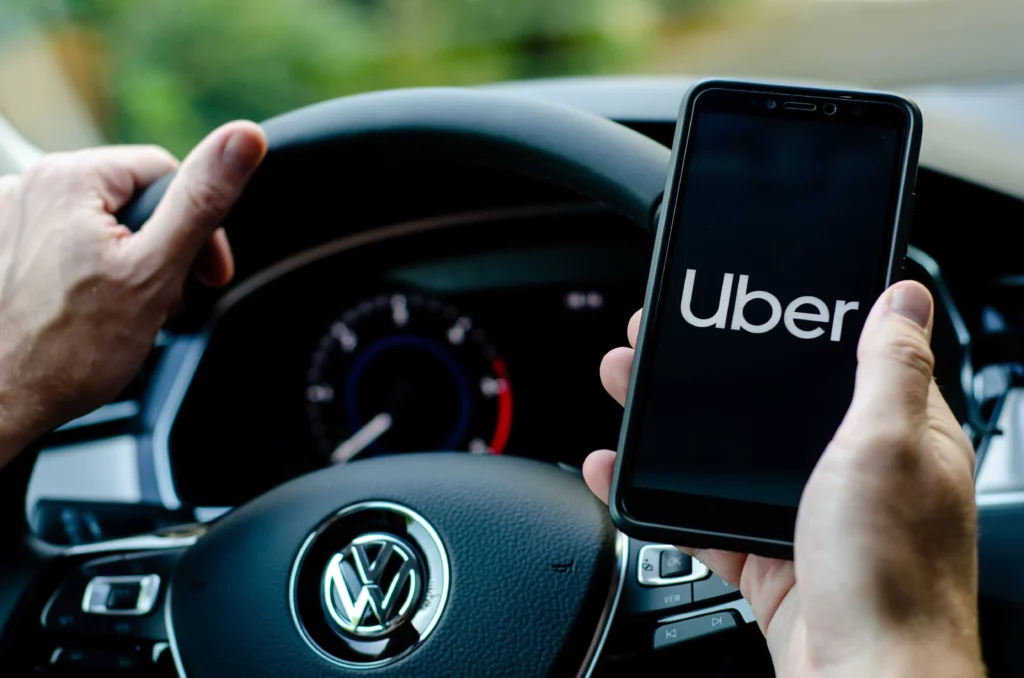
In contrast, inDrive, a competing ride-hailing platform operating in multiple Indian cities, allows riders to manually haggle the fare by inputting a specific price for their ride. However, some drivers using inDrive have raised concerns about passengers offering unreasonably low prices. inDrive has not directly addressed this concern but emphasizes its “unique approach” to ensure fair compensation for drivers while providing affordable rides to passengers.
To address the issue of too-low fares, Uber Flex does not allow passengers to manually set a specific fare, and it imposes a minimum cap on the fare. The service is available for various Uber ride options, including Uber Go rides, Intercity cabs, Premier cabs, and auto-rickshaw rides in select cities. Commuters can make payments in cash or through digital payment methods. While Uber is testing Flex in India’s Tier 2 and 3 cities, it is also exploring the possibility of extending the service to metro cities like Delhi and Mumbai.
In addition to Uber Flex, the ride-hailing giant is testing various services in India to cater to local demands. This includes Uber Taxis in Mumbai, offering traditional taxi drivers as an option, and a Wait & Save model in cities like Mumbai, Guwahati, and Chandigarh. These initiatives aim to address surge pricing concerns and enable riders to pre-book a taxi at a lower fare when available.
The Indian app-based cab market has witnessed recent expansion with new entrants such as BluSmart and Evera offering electric taxis. Existing players like Ola, Uber, and inDrive have onboarded a significant number of gasoline cabs. The market, however, continues to face challenges related to driver compensation and safety, with uncertainty about the future for many drivers as their current vehicles become obsolete.



